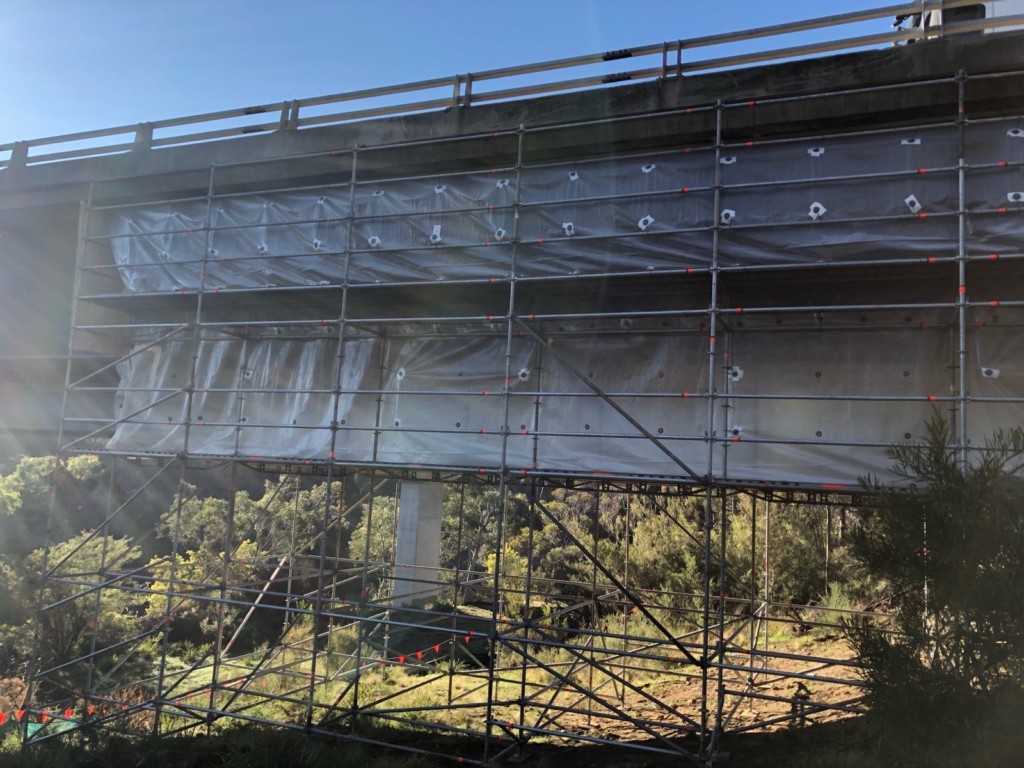Where hexavalent chromium is found
Hexavalent chromium, also known as chromium(VI) or Cr(VI), is a toxic form of the metallic element chromium, typically generated through industrial processes. It can be found in solution or solid form. It is often generated as a dust, fume or mist from workplace activities where chromates, dichromates and chromic acid are used.
Health effects of hexavalent chromium
Hexavalent chromium can cause a number of health problems when it’s inhaled, ingested or absorbed through the skin.
Inhalation of hexavalent chromium can cause lung cancers if adequate precautions are not taken.
Other health effects of hexavalent chromium include:
- allergic dermatitis (from skin contact)
- irritation of the airways and asthma (from inhalation, even below exposure standard)
- lesions (from direct contact with the eye including through contact with aerosol mists)
- chrome ulcers (mainly on the hands and forearms from skin contact)
- ulcers or perforated septum (from acute exposures to high levels)
- chronic respiratory irritation including fluid on the lungs, inflammation, chronic bronchitis, pneumonia and emphysema.
Workplace risks of hexavalent chromium and how to manage them
Hexavalent chromium is used as an anti-corrosive agent in paint and coatings and can be found in pigments, chromium catalysts, dyes and cements (Portland cement). It is also released during chrome electroplating, welding and hotworking on stainless steel, high chrome alloys or chrome-coated metals, and through smelting chromium containing ore.
Adequate controls for the proper use, handling and storage of chromium containing materials reduce the risk of hazardous exposures and illness in the workplace. People in charge of a workplace must put these controls in place to comply with the NSW Work Health and Safety Regulation 2017, which states that:
- as much as possible, risks from exposure to hazardous chemicals must be eliminated
- if this is not possible, no person at the workplace should be exposed to an amount above the exposure standard.5
The exposure standard for hexavalent chromium is 0.05 milligrams per cubic metre averaged over eight hours.
Where risks to health and safety cannot be eliminated, the Regulation recommends controls such as:
- using alternative products where possible
- engineering controls such as local exhaust ventilation, surfactants or controls to prevent mist generation from tanks, isolation booths or enclosures
- appropriate tools or personal protective equipment (PPE) to avoid skin contact
- well maintained and appropriate PPE such as respirators, safety goggles and gloves, with appropriate fitting and training for staff
- safety equipment like eye wash and showers available on site
- following instructions and controls outlined in SDS and product labels
- providing workers with information, training, instruction and supervision when using, storing and handling hazardous chemicals.
For advice on what control measures you should have in place, talk to your Airsafe consultant.

Hexavalent chromium in the news
While awareness of hexavalent chromium is on the rise, recent history provides an all too real example of what can happen when this toxic substance isn’t managed correctly.
Hexavalent chromium was released from the Newcastle Orica Kooragang Island ammonium nitrate plant on August 8, 2011. The incident occurred when the plant entered the ‘start up’ phase after the completion of a five-yearly maintenance overhaul. A chain of events let to condensate containing hexavalent chromium being emitted through the SP8 vent stack.
The leak went undetected for 30 minutes, during which time 200 kg of hexavalent chromium was released into the atmosphere. Up to 20 workers at the plant and 70 nearby homes in Stockton were exposed.
The town was not notified of the exposure until three days later on Wednesday morning. This accident sparked a major public controversy, with Orica criticized for playing down the extent and possible risks of the leak. After investigations including sample analysis, a report on the incident found that Orica’s approach to addressing the leak’s impact was grossly inadequate, especially in failing to fully notify employees and residents of the potential health risks.
In 2014, Orica pled guilty to nine charges before the Land and Environment court and was fined $768,000.
How Airsafe can help
Airsafe’s full suite of services can help with any issue related to hexavalent chromium – whether you need to manage a risk or are dealing with a potential exposure incident.
Our hexavalent chromium monitoring services include:
- Air monitoring to ensure compliance with the exposure standard for hexavalent chromium
- Instant sample analysis of any materials suspected of containing hexavalent chromium using our state-of-the-art Olympus Vanta XRF analysers
- Site inspections and auditing to determine the presence and location of hexavalent chromium
- Clearance inspections carried out in accordance with the AS/NZS 4361.1:2017 Guide to hazardous paint management Part 1. Lead and other hazardous metallic pigments in industrial applications
- Training in the appropriate use of personnel protective equipment (PPE)
- Clearance sampling of hazardous surface dust in accordance with the AS/NZS 4361.1:2017 and the American Occupational Safety and Health Administration OSHA standard.
Contact us for hexavalent chromium monitoring today
Airsafe is here to help you ensure you comply with your obligations and keep your workers safe. We provide comprehensive hexavalent chromium monitoring and removal services to ensure your space is safe. To get our expert help, call us on 1300 888 338.
